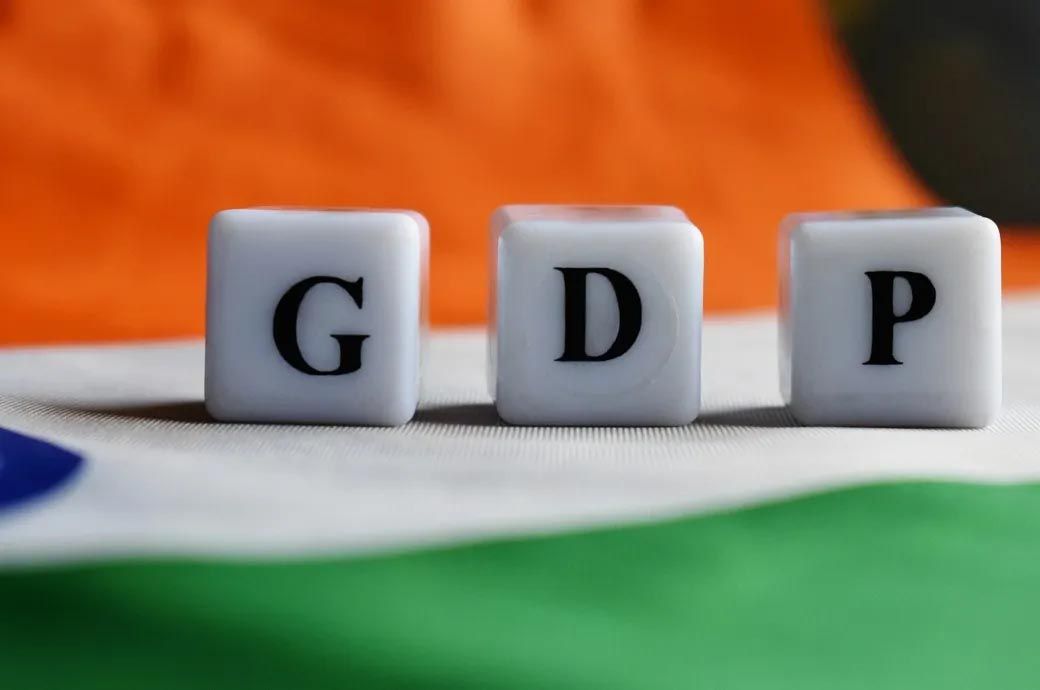
This looks optimistic, as the pent-up demand which had provided thrust to the growth is normalising, exports which had been buoyant are facing headwinds from the global growth slowdown and credit growth is facing tighter financial conditions, Ind-Ra said in a release.
The annual GDP growth moderated to a three-quarter low of 4.4 per cent in Q3 FY23, as per the latest estimates of NSO.
“Ind-Ra expects the annual GDP for Q4 FY23 to come in at around 4 per cent,” said Paras Jasrai, analyst. A lower growth rate in Q4 FY23 could mean the GDP growth for FY23 could be lower than 7 per cent.
Although the year-on-year (YoY) growth was lower than Ind-Ra’s projection of 5.1 per cent, the slowdown in economic growth was as per its expectations.
The gross value added (GVA), which is the value of production, grew by 4.6 per cent YoY in Q3 FY23.
On the positive side, the growth momentum (quarter-on-quarter adjusted seasonally) stayed positive at 1.2 per cent, which is good news amid geopolitical and economic uncertainty, Ind-Ra noted.
“The ongoing spell of elevated temperatures in the northern regions in February 2023 has raised concerns regarding wheat production. In addition, the India Meteorological Department has warned of the plausibility of severe heatwaves during March-May 2023. This could not only affect the agricultural output which has been pegged to grow at 4.3 per cent YoY in Q4 FY23 (as per NSO), but also keep inflation at the elevated levels. This can have an impact on rural demand which has been under stress in the aftermath of COVID-19,” Ind-Ra said.
Ind-Ra believes industrial recovery is weak and has yet to become broad-based. The industrial output growth came in at 4.3 per cent, despite core infrastructure industries growing at a three-month high of 7.0 per cent YoY in December last year.
Ind-Ra had earlier highlighted the risks within the manufacturing sector emanating from the growth slowdown in export-dependent manufacturing sectors. A closer look at the factory output data points towards a contraction in the output of 11 sectors that represent over one-third of the manufacturing sector. This pushed the YoY growth of the manufacturing sector to a nine-quarter low of 0.9 per cent in Q3 FY23.
These sectors included all labour-intensive sectors like wearing apparel, textiles, leather and related products.
India’s merchandise exports fell by 6.6 per cent YoY to $32.91 billion in January this year. This was the second successive month of contraction.
The weak goods exports mirrored the anaemic manufacturing activity, Ind-Ra noted.
The overall trade deficit markedly improved to $1.26 billion in January from $8.95 billion in January last year. It was $6.65 billion in December last year.
Fibre2Fashion News Desk (DS)